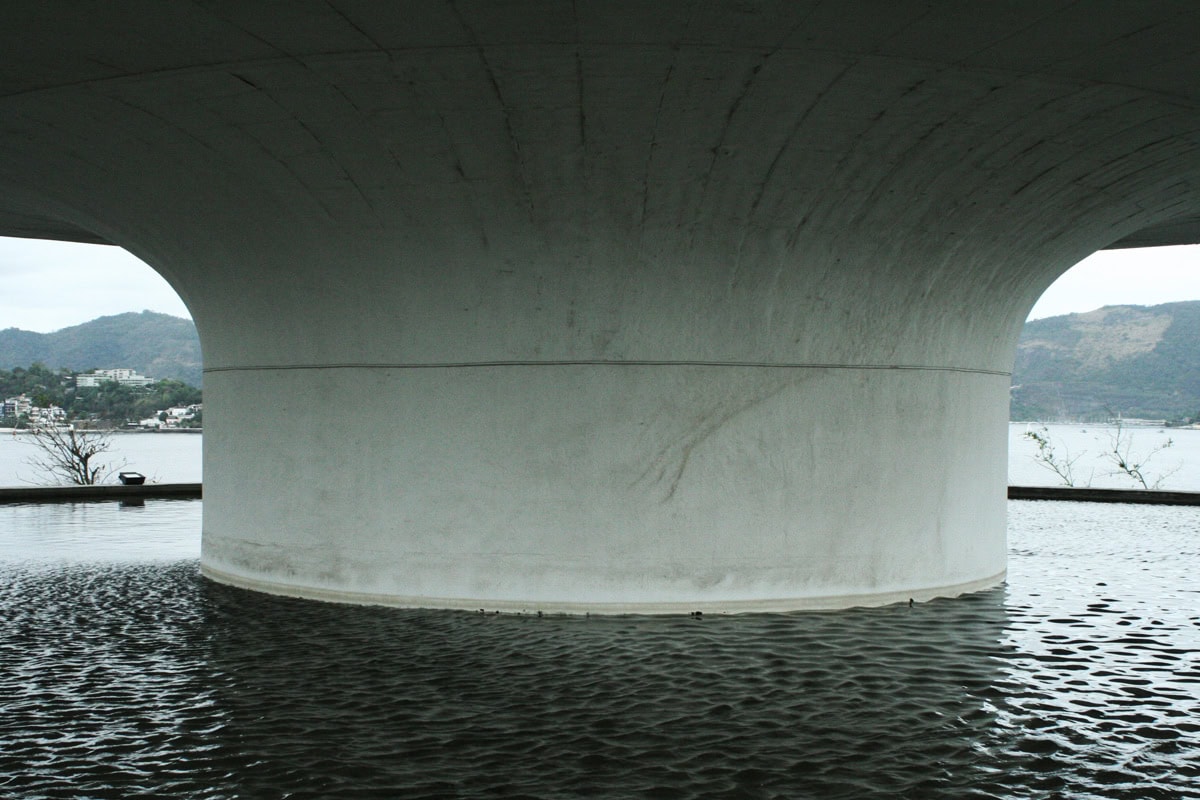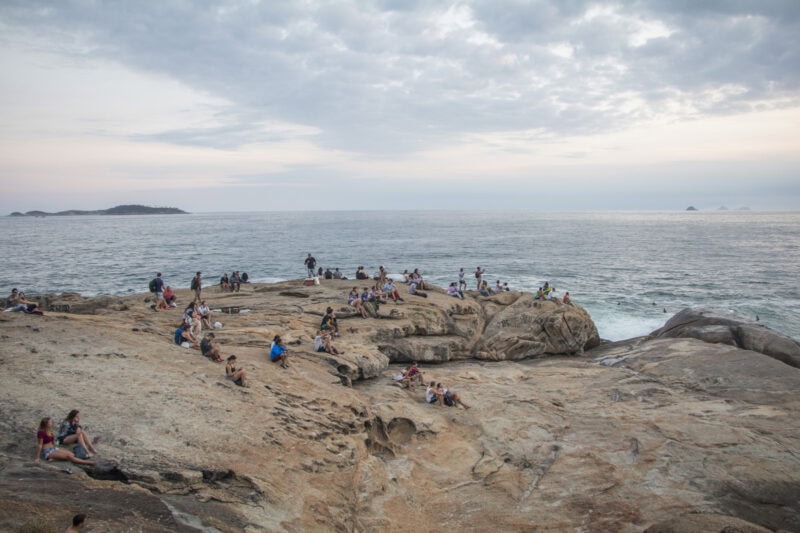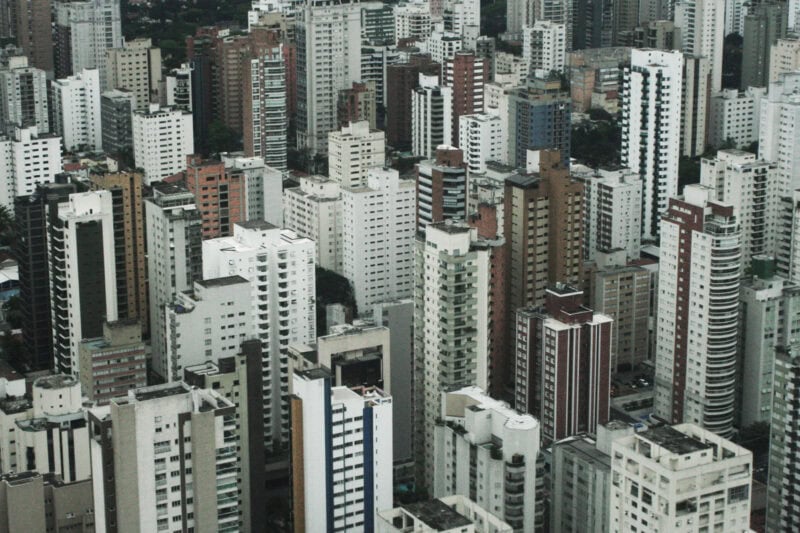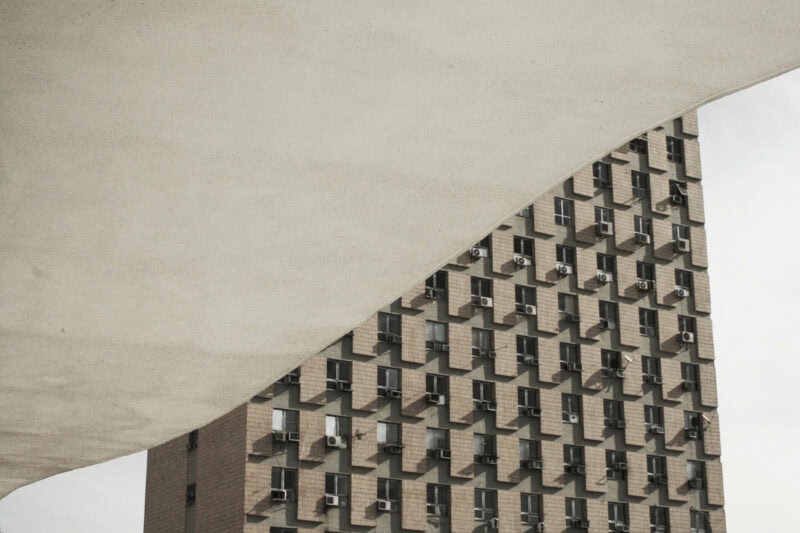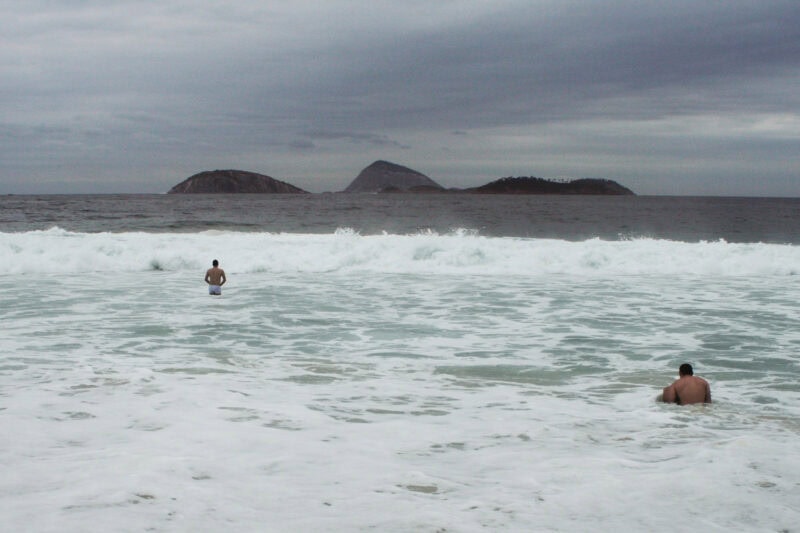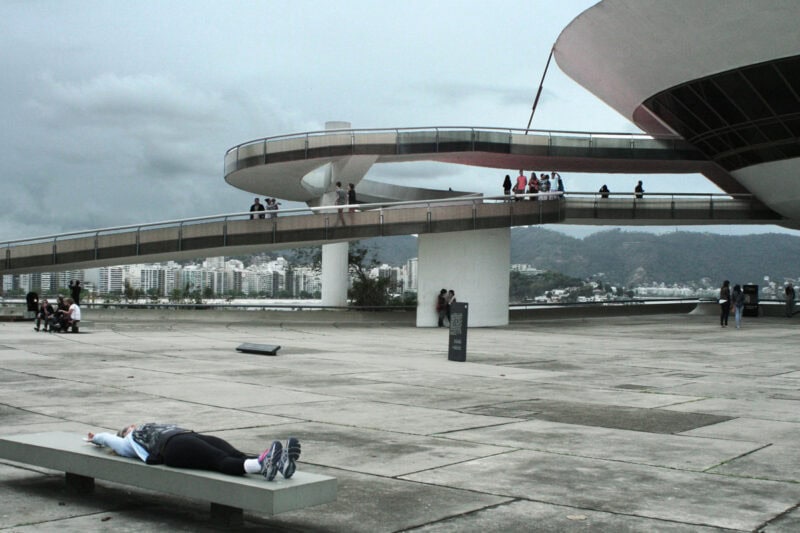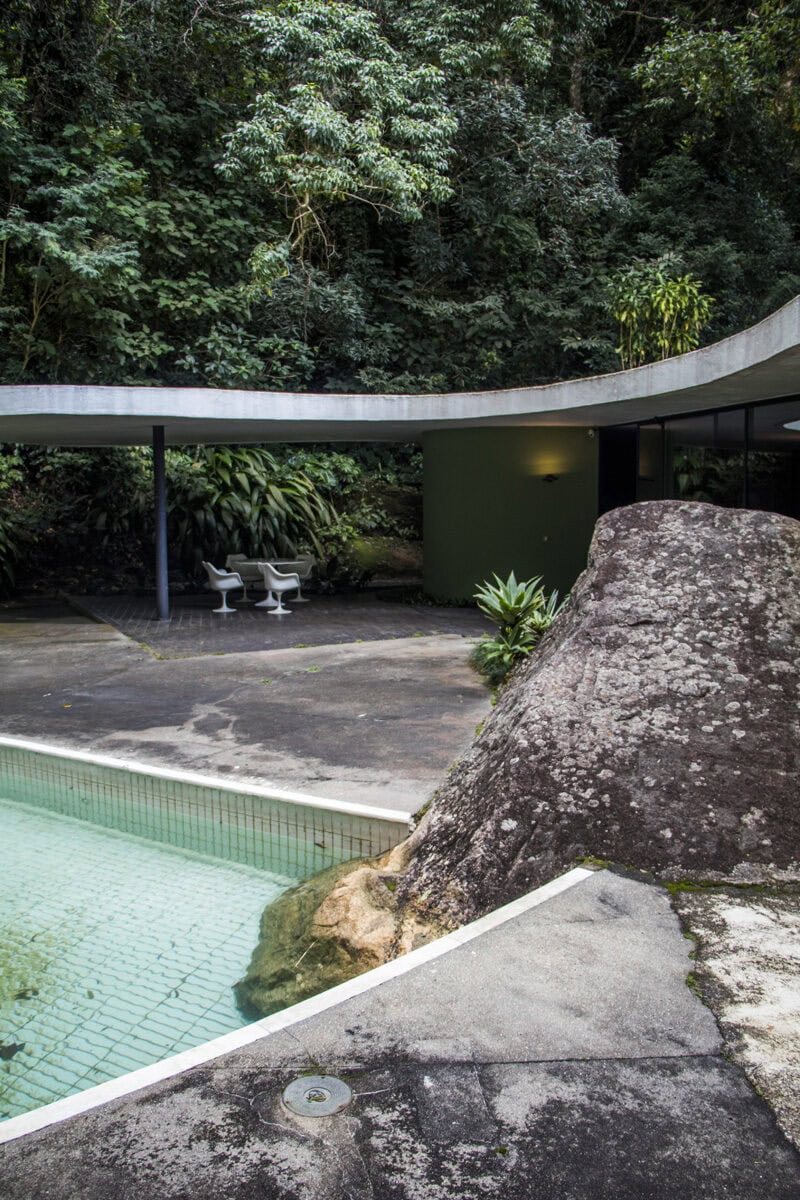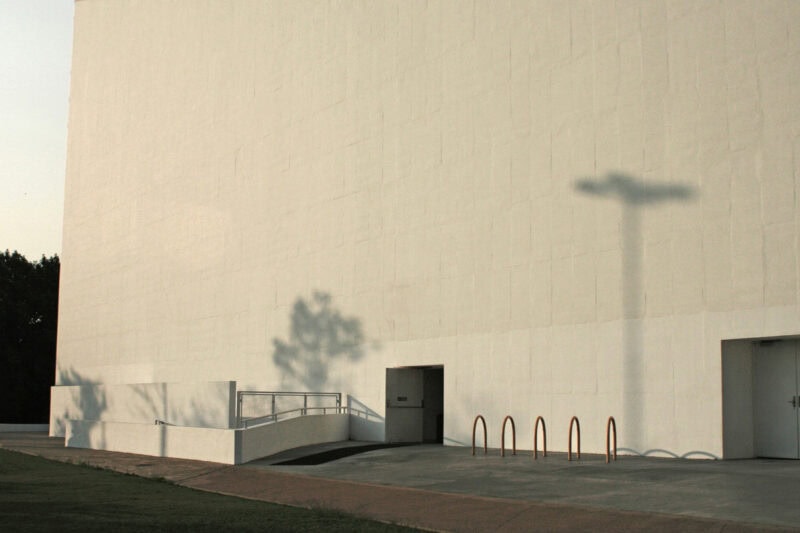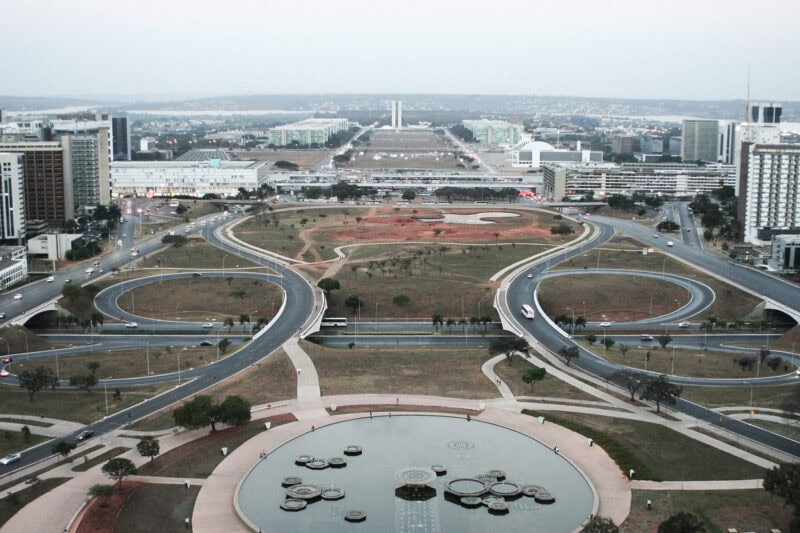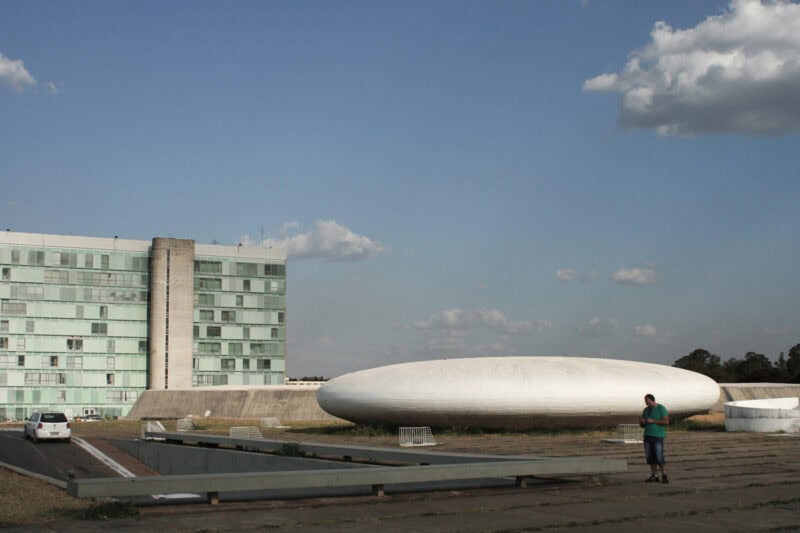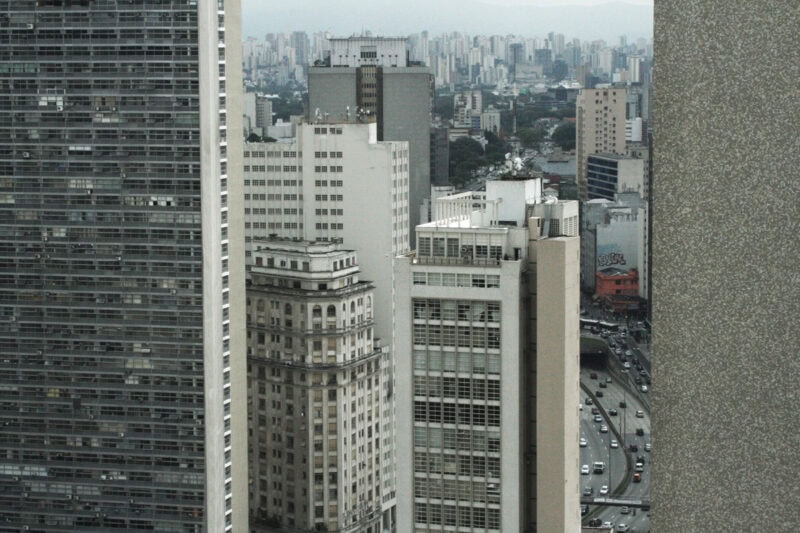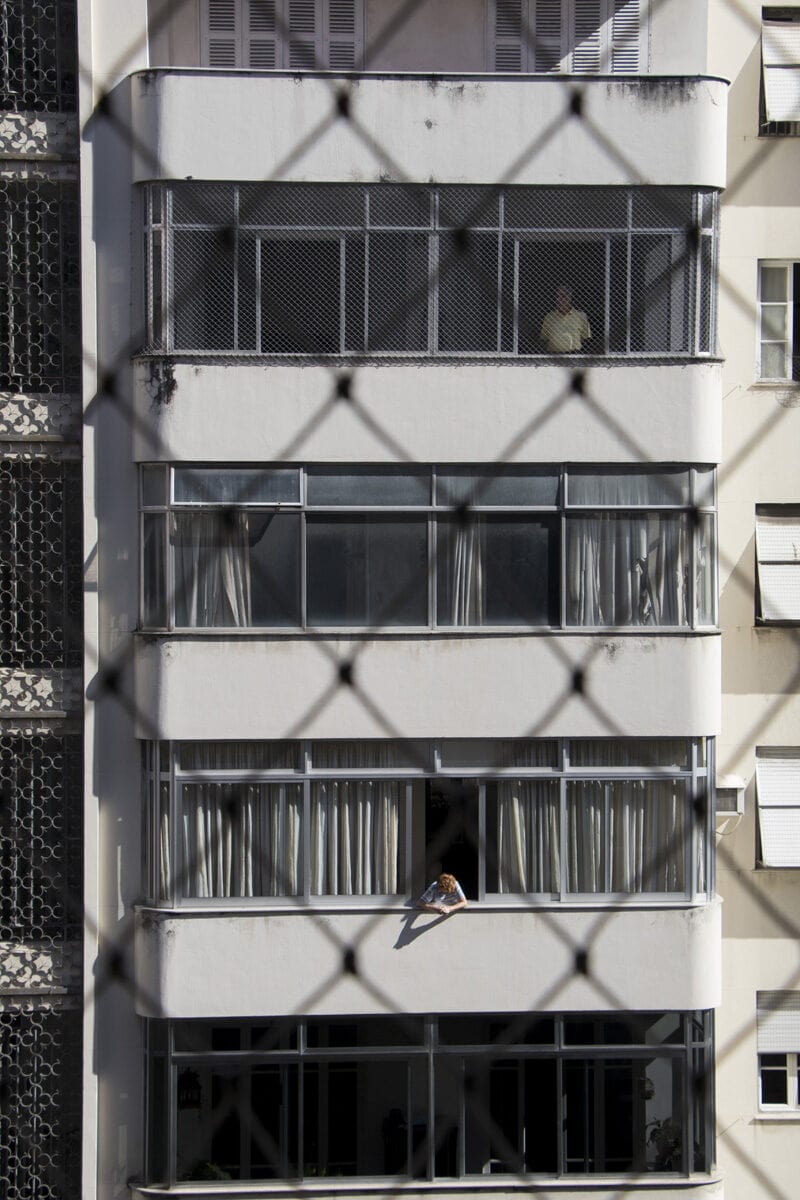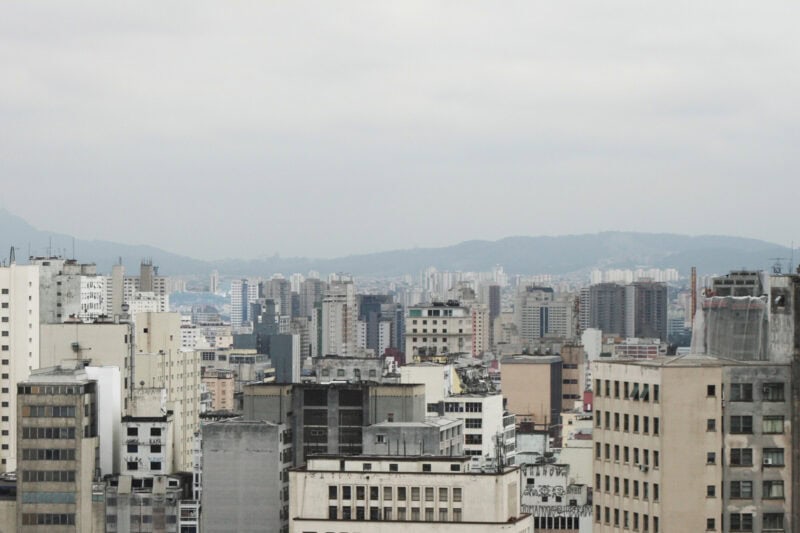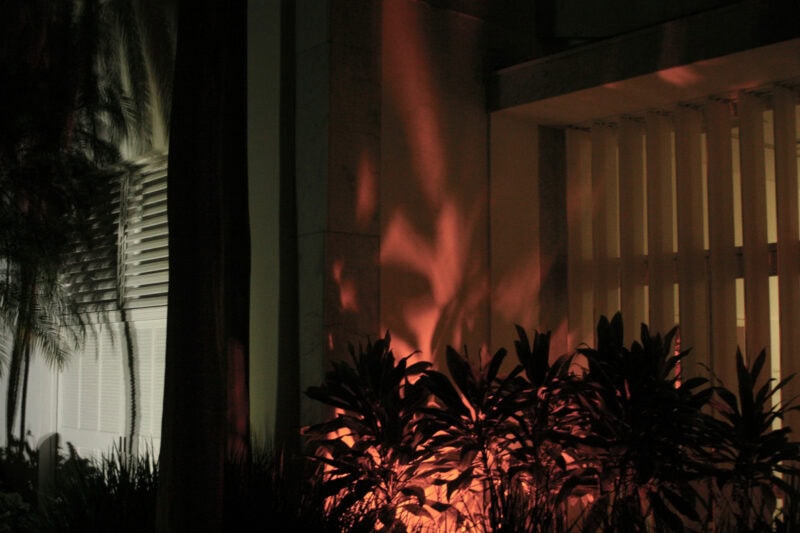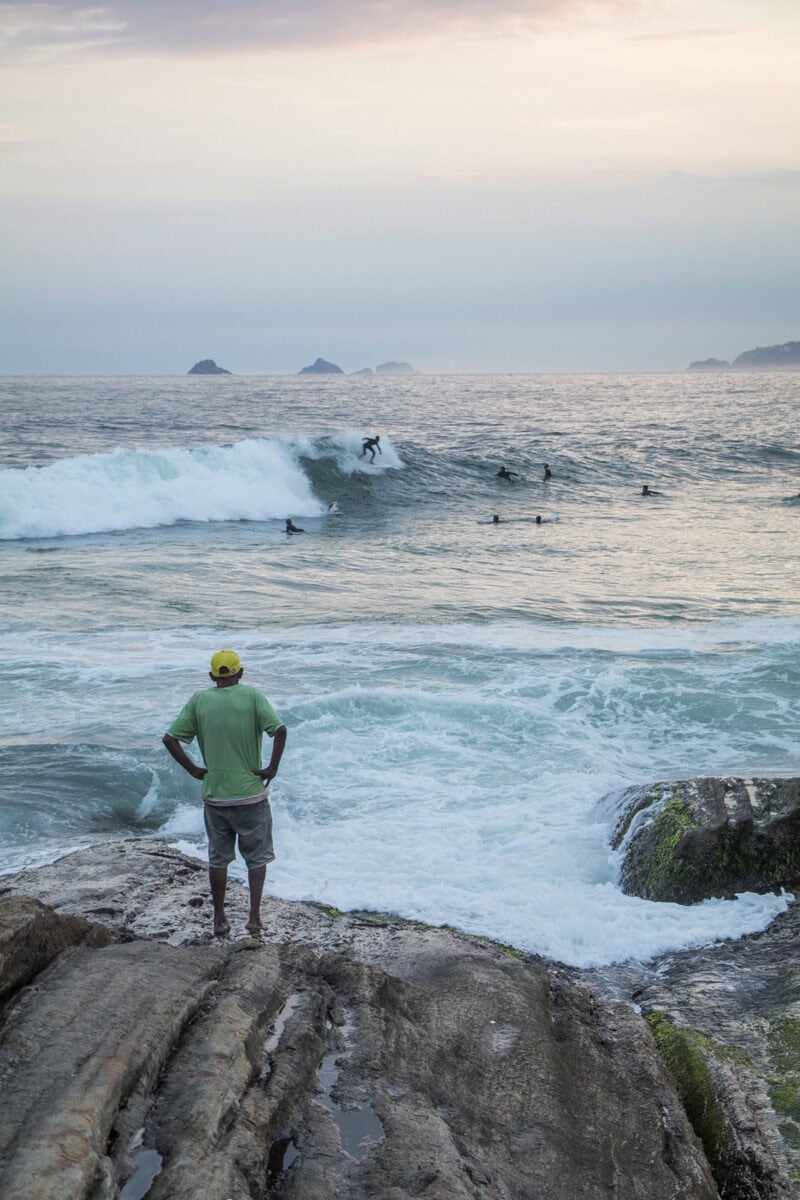Antoine Horenbeek is a Brussels-based photographer and architect. From a young age, he has been interested in many practices in the visual arts. After studying architecture at La Cambre in Brussels, he decided to work as an architect and as a photographer.
This duality between photography and architecture allows him to treat his subjects in a more interdisciplinary and unique way. His photographs are related to architecture, town planning, social and urban issues, housing, and the right to the city. The projects he works on address the issue of slums and their non-recognition as part of the so-called “formal” city (Intimate Favela, 2018), the relations between public and private space and urbanism in Brazil (Brésil, l’aube, 2015-2018) or even the informal architecture of the homeless and their ability to create new forms of housing (Off The Map, since 2020). This alternative vision of architecture and the city is reflected in all of his projects. His work is mainly documentary and political.
Since 2015, he has collaborated with architecture and urban planning offices, artist collectives, NGO’s and media. His work has been the subject of numerous publications and several exhibitions in Belgium and Brazil, among others at Museu de Arte do Rio (2020-2021), Maison Stepman (2021), Académie Constantin Meunier (2021), Kaaitheater (2021), Halles Saint-Gery (2021-2022) or Koninklijk Vlaams Theater (2021-2022).
About Brésil, L’Aube – words by Antoine Horenbeek:
This series explores the architecture and urbanism of different Brazilian cities. In this country so starkly characterized by contrast and inequality, public space is designated in ways that are not common elsewhere. There, the notions of security, privacy, and sharing guide the formation and use of urban spaces as well as nature, which has had a profound impact on the design of Brazilian cities such as Rio de Janeiro, São Paulo, or Brasilia.
My work proposes an intriguing sidestep from traditional architectural photography. In capturing images, I am just as intrigued by the empty spaces as I am by the many ways in which they were appropriated. The sensuality of the curves of Brazilian architecture and the richness of its natural landscapes confront a certain feeling of fear and loneliness. A feeling of being at the dawn of a new future.
